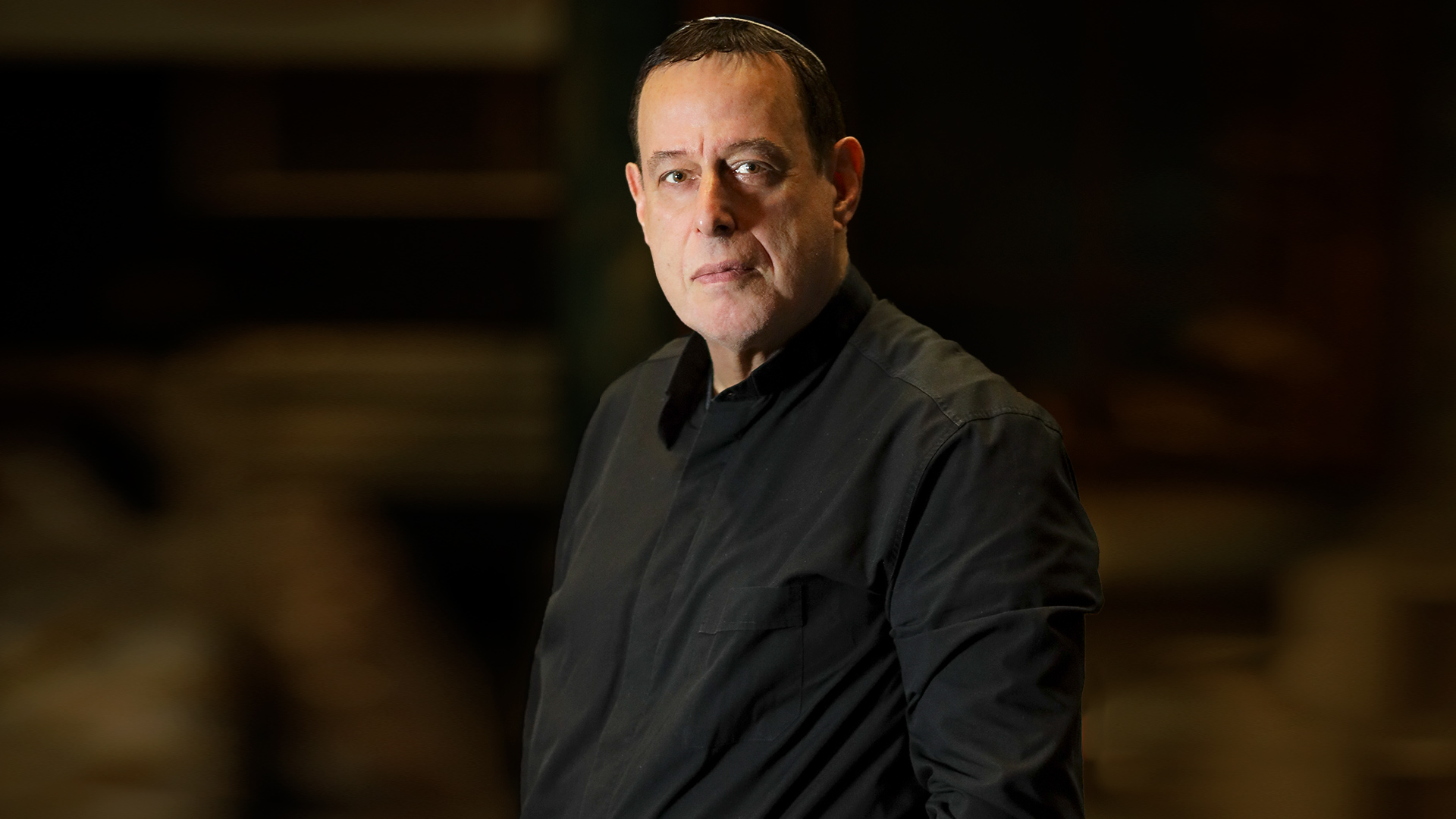LUDWIG VAN BEETHOVEN
Egmont Ouverture in F minor op. 84
LUDWIG VAN BEETHOVEN
Concert for piano n. 5 in E flat major op. 73 “Imperatore”
PËTR IL’IČ ČAJKOVSKIJ
Symphony n. 5 in E minor op. 64
Piano
Gabriele Carcano
Conductor
Daniel Oren
Opera Carlo Felice Genova Orchestra
Between October 1809 and June 1810 Beethoven composed the incidental music for a Viennese performance of Egmont, a tragedy with sturm und drang overtones by Goethe focusing on the themes of love, heroism and freedom in the historical context of the Dutch wars of secession. It consists of ten pieces, of which the Overture alone has always enjoyed wide popularity. The composition runs along three main axes, corresponding to the tempos Sostenuto ma non troppo, Allegro and Allegro con brio. The first is based on the opposition of rough torn chords of the strings, probably the symbol of an implacable oppressor, and mournful voices of the woodwinds. Gradually the latter congeal into a musical figure that, at length repeated, erupts in the subsequent Allegro, the central body of the composition, into a noble and expressive descending theme of the cellos that, progression after progression, results in a lofty proclamation of heroic force. At that time the rough chords of the oppressor appear again and seem to have the upper hand. But when the hero is about to succumb, here comes the third tempo, Allegro con brio, to give momentum to a glorious, energetic, dazzling theme: in death the hero has found his own transfiguration and his ideals of love and freedom.
Beethoven composed the Concerto No. 5 in E-flat Major for Piano and Orchestra in 1809. It is wide and grandiose page that the author would have liked to have been titled Gran Concerto but which the publisher christened “Emperor”: an unquestionable appellation, if not for the allusion to Napoleon, because imperial is its magniloquent, proud, “definitive” style. A mighty orchestral chord towers as the incipit of the composition. The soloist responds to the orchestra with a wide series of semiquaver progressions, repeated after the orchestra’s other two vehement “fortissimo”. This is an anticipation of the solo cadenza that precedes the first theme, broad and solemn, by the strings, followed by a unique second idea produced by the violins with the support of violas, cellos and clarinets. In the development of such material we note the lush figurations of the woodwinds, “heroic” stylistic features such as the full-orchestra reprise of the second theme, and the piano writing for octaves in succession, with extended hand excursion and with a rhythmic incisiveness of full, unabashed aggression. Surprising then comes the subsequent Adagio un poco moto, a picture of gentle and serene nocturnal elegy. Another contrast to the rhetorical emphasis of the Allegro comes from the long, suspended, abstract phrasing of the piano line: an iridescent, lunar line. Announced softly by the piano, the Rondo theme returns to the festive mood of the first half. The intonation is now humorous, folksy. The central motif consists of two main phrases and is marked by a syncopated motion contrasted by a descending melodic idea of the soloist, an interrogative overtone. The orchestra swells in thickness until the impassioned explosion of the final coda, with an extremely powerful intervention by the Solo that is a prelude to the final, stentorian intervention of the Tutti.
After the Fourth Symphony, Tchaikovsky oriented his musical production toward different genres, increasing his fame throughout Europe. In Leipzig he had met Grieg and heard his Sonata in C minor for violin and piano, a work that he said propitiated his return to the Symphony after more than a decade of silence. Thus was born the Fifth, assiduously elaborated in 1888. This Symphony meant for Tchaikovsky the programmatic transposition of his own self, with the symbolic return of the struggle with fate. One grasps here the perfect x-ray of the Chaikovskian style and spirit, where inner conflicts gain more capacity for communication. The theme of fate returns as a Leitmotiv in the four movements, this cyclical employment is not intended as a pretext for insistent sonic apostrophes, but rather applies as a dialectical motive. Thus, at the beginning of the Symphony, the somber and fatalistic theme transitions into the two well-differentiated motifs of the Allegro: martial and vigorous the first, expansive and gentle the second, until the passionate and nobly desolate close. Magnificent is the eloquence of the Andante, with the first theme airing that of the Nona beethovenian Adagio and with the second being one of the musician’s most intense perorations. Carefree and elastic, closely related to the climate of great balletism, is the Waltz, while the Finale reprises the initial theme of fate, then developing a series of gentle, pressing motifs, arranged with tight logic of discourse. It is precisely this consistency, capable of curbing the mass of swirling and fervent proposals, that gives this Fifth the dignity of a successful symphonic outcome, perhaps Tchaikovsky’s best.
Enrico Girardi

